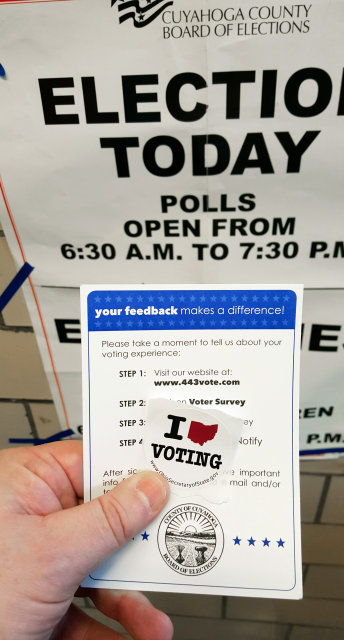 News
NewsNearly 75 percent of Ohio primary voters approved an amendment [text, PDF] to the state constitution Tuesday that will change the process for drawing state congressional districts.
The changes include the establishment of a bipartisan committee consisting of the governor, secretary of state, and individuals who are not members of the Ohio Congress, appointed by members from the largest two political parties in each chamber, and others; the requirement of public hearings for comment on proposed plans; and a more stringent bi-partisan congressional voting requirement.
Previously, the state’s congressional map-drawing process done by the state legislature, was subject to heavily criticized gerrymandering because it gave primacy to the redistricting committee [JURIST report] and allowed for the majority party to draw district lines with little guidance from the minority party.
The new change “will limit gerrymandering by requiring that congressional districts be drawn with bipartisan approval or utilizing strict anti-gerrymandering criteria. It will also keep communities together by limiting splits of counties, townships and cities and promote geographically compact districts,” according to a primary issues report [text, PDF] released by the Ohio Secretary of State Jon Hosted.
This change comes as several states grapple with similar gerrymandering concerns. The Supreme Court has heard arguments for issues of gerrymandering in Maryland and Wisconsin [JURIST reports], and have yet to make a decision. The Supreme Court of Pennsylvania released a map [JURIST report] in February intended to remedy what the court declared as the unconstitutional gerrymandering present in the Pennsylvania plan.

